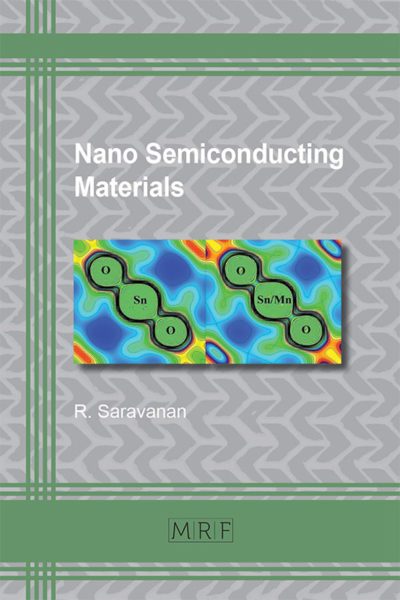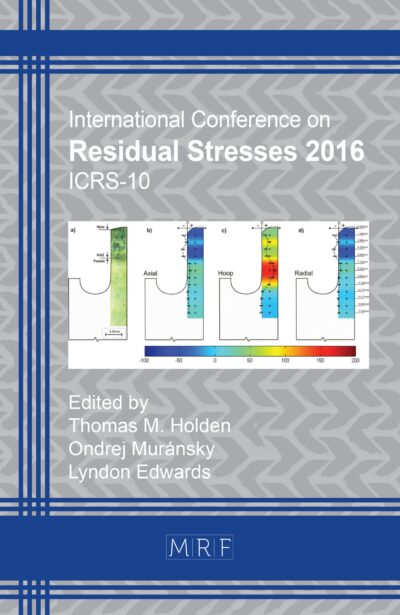Bioinspired Nanomaterials
Synthesis and Emerging Applications
Eds. Alagarsamy Pandikumar, Perumal Rameshkumar
Materials Research Foundations Vol. 111
Publication Date 2021, 270 Pages
Print ISBN 978-1-64490-156-4 (release date October 2021)
ePDF ISBN 978-1-64490-157-1
DOI: 10.21741/9781644901571
Biological synthesis employing microorganisms, fungi or plants is an alternative method to produce nanoparticles in low-cost and eco-friendly ways. The book covers the synthesis of metal nanoparticles, metal oxide nanostructures and nanocomposite materials, as well as the stability and characterization of bioinspired nanomaterials. Applications include optical and electrochemical sensors, packaging, SERS and drug delivery processes.
Keywords
Bioinspired Nanomaterials, Metal Nanoparticles, Metal Oxide Nanostructures, Nanocomposite Materials, Microbicidal Activity, Drug Delivery, Packaging Applications, SERS Applications, Fluorescent Biosensing, Quantum Dots. Bio-Imaging, Electrochemical Sensors
Table of contents
Introduction to Bioinspired Nanomaterials
Sangeetha Kumaravel, Prabaharan Thiruvengetam and Subrata Kundu
Bioinspired Metal Nanoparticles for Microbicidal Activity
Rajalakshmi Subramaniyam, Shairam Manickaraj, Prasaanth Ravi Anusuyadevi
Bioinspired Nanomaterials for Drug Delivery
Balaji Maddiboyina, Jeyabalan Shanmugapriya, Swetha Rasala, Gandhi Sivaraman
Bio-Mediated Synthesis of Nanomaterials for Packaging Applications
P. Sivaranjana, N. Rajini, V. Arumugaprabu, S.O. Ismail
Bio-Mediated Synthesis of Metal Nanomaterials for SERS Application
Sangeetha Kumaravel and Subrata Kundu
Bio-Mediated Synthesis of Nanoparticles for Fluorescence Sensors
Somasundaram Anbu Anjugam Vandarkuzhali, Salman Ahmad Khan, Subramanian Singaravadivel, Gandhi Sivaraman
Bio-Mediated Synthesis of Quantum Dots for Fluorescent Biosensing and Bio-Imaging Applications
Selvaraj Devi and Vairaperumal Tharmaraj
Bio-Mediated Synthesis of Nanomaterials for Electrochemical Sensor Applications
Ponnaiah Sathish Kumar, Vellaichamy Balakumar and Ramalingam Manivannan














